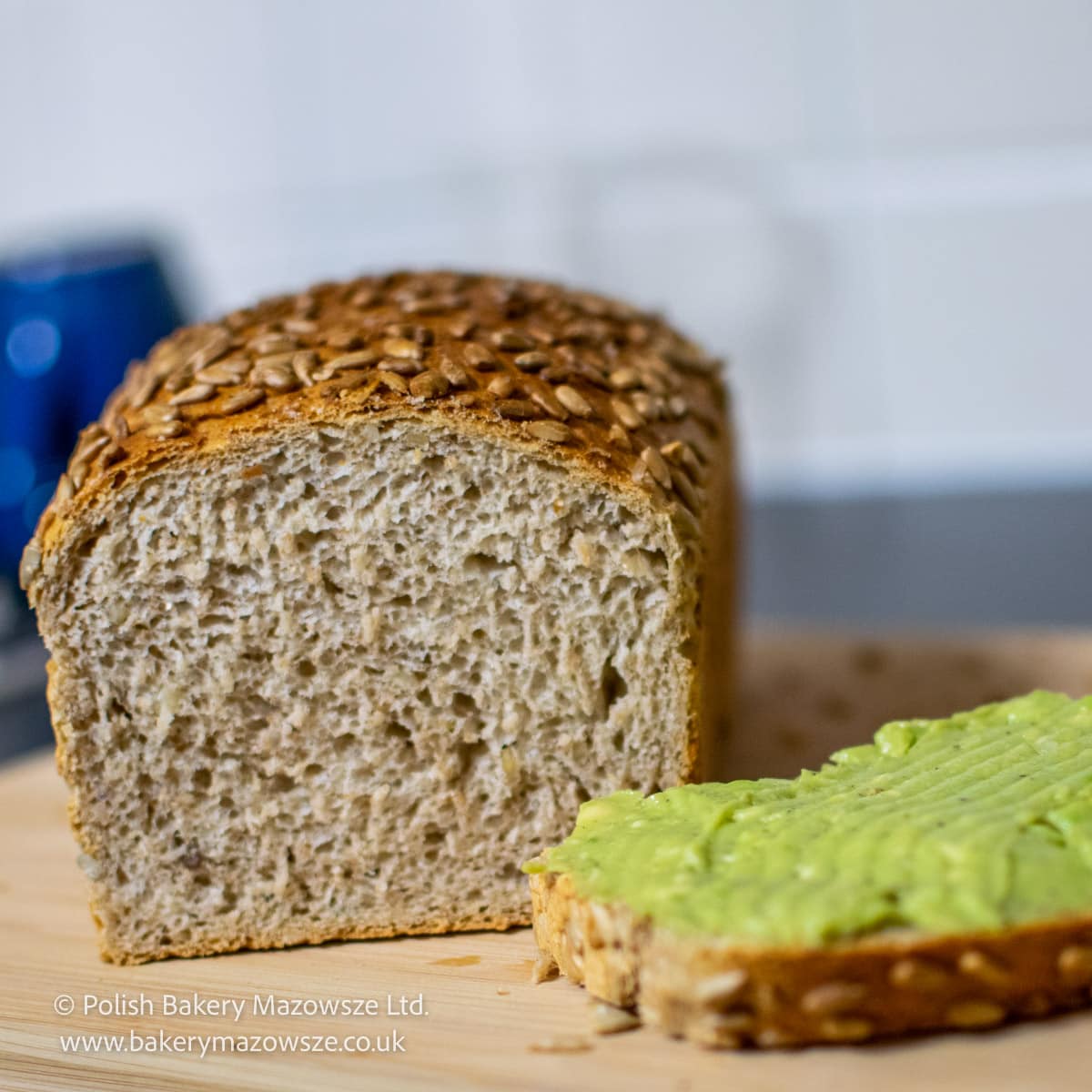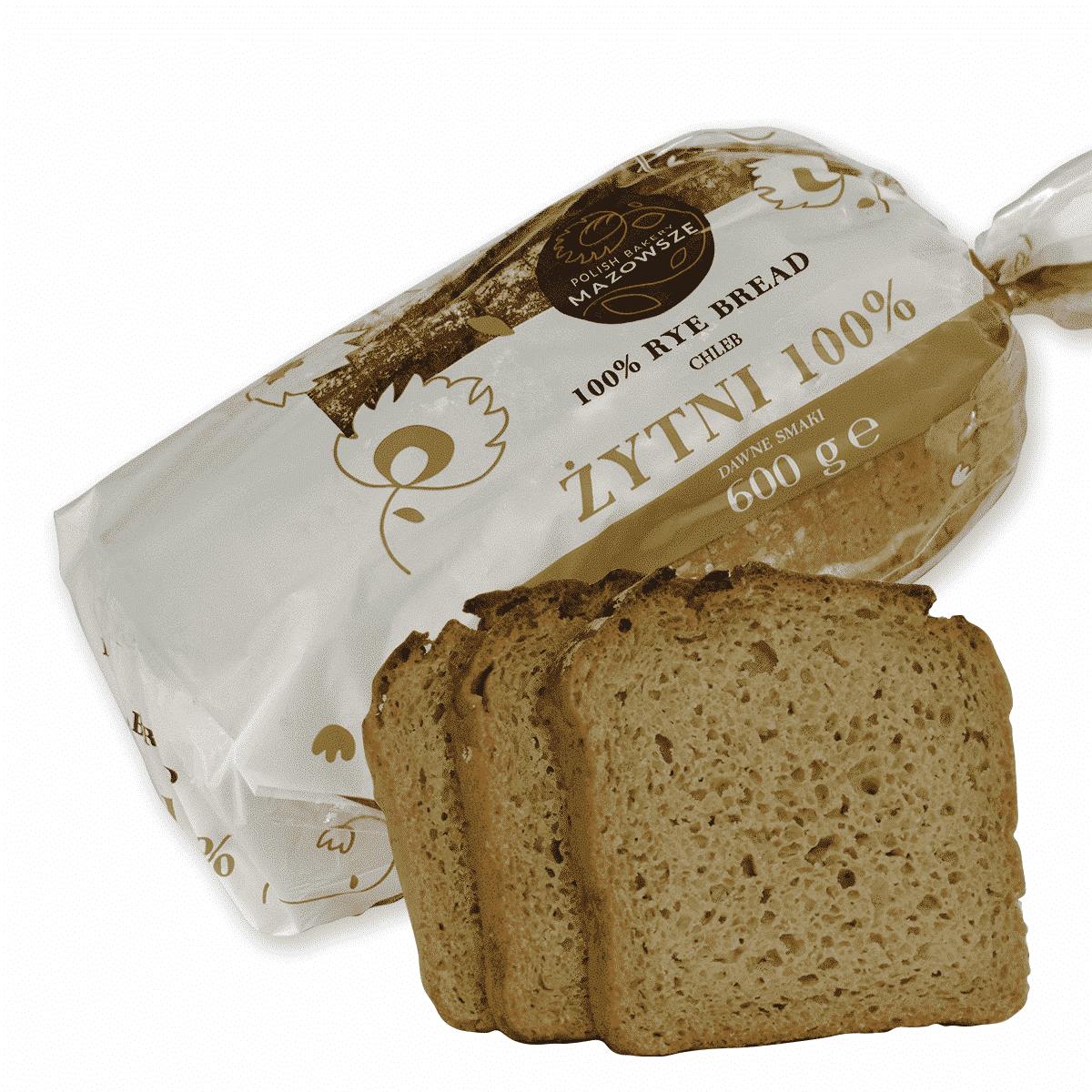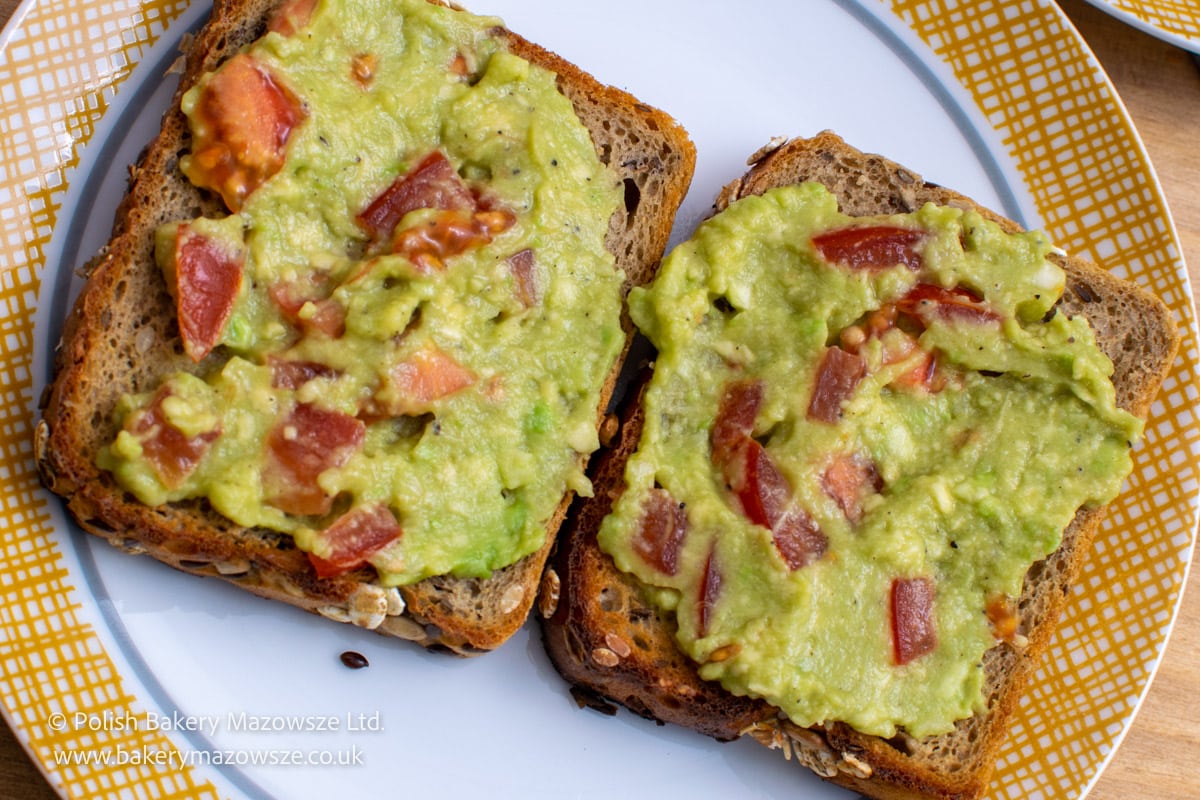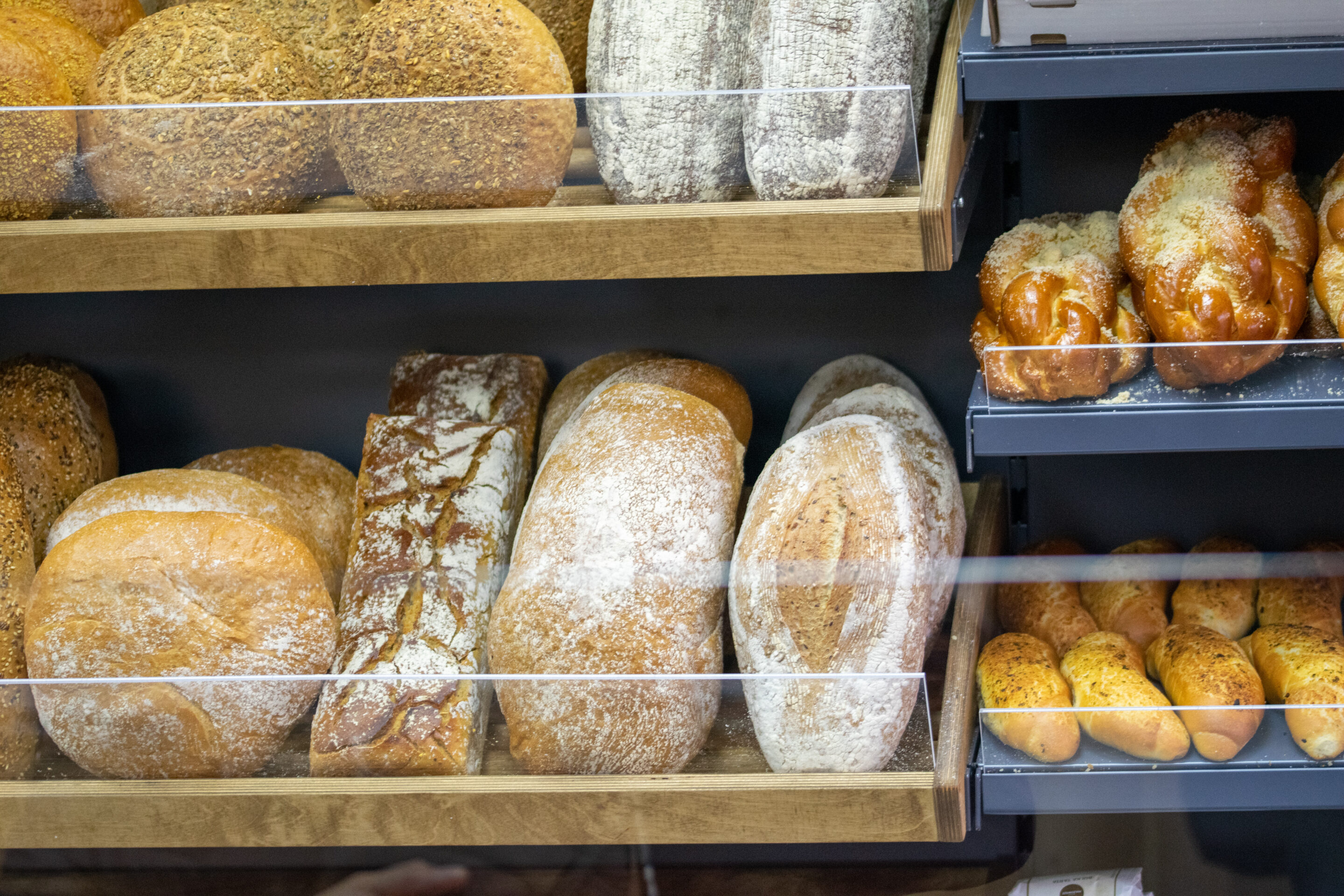Bread has been our staple of diet for centuries. It’s a versatile food that can be enjoyed in many forms, from simple white bread to artisanal sourdough bread. With so many choices available, it’s no wonder that bread is an important part of our daily meals. In this blog post, we will explore the many reasons why we should include bread in our diets, including the health benefits of sourdough bread.
Bread is nutritious
Bread is a staple food for many cultures and diets around the world, and it can be found in almost every cuisine. Bread has been a source of nutrition since ancient times and is still a mainstay of modern diets. There are many types of bread, from white to whole wheat to sourdough, all of which offer different nutritional benefits.
Sourdough bread is a type of bread made with fermented dough. It has a sour flavor and a chewy texture, and it’s often easier to digest than other types of bread. Sourdough bread is high in protein and fiber, as well as essential vitamins and minerals like calcium, iron, and magnesium.
Rye bread is a traditional bread made from rye grains. It is denser than other types of bread and has a unique flavor profile. Rye bread is high in fiber and offers beneficial minerals such as selenium, phosphorus, and magnesium. Rye bread is also rich in B vitamins and can help regulate blood sugar levels.
Wholemeal bread is made with whole grains and is rich in fiber, vitamins, and minerals. Wholemeal bread helps to keep you full for longer and can improve digestion. Wholemeal bread also contains essential fatty acids and omega-3s, making it an excellent choice for those looking to increase their intake of these nutrients.
Low GI bread without flour with sesame and sunflower seeds – multigrain bread from Bakery Mazowsze https://bakerymazowsze.co.uk/product/chleb-czystoziarnisty-multigrain-bread – is a great option for those looking to control their blood sugar levels. This type of bread is packed with healthy proteins, vitamins, and minerals, as well as plenty of fiber. Plus, it’s delicious!
Bread can be enjoyed in many ways – from sandwiches to toast or even on its own with some butter or jam. The possibilities are endless when it comes to incorporating bread into your diet. And thanks to the wide variety of breads available from your local bakery, you can find the perfect loaf for your needs.
It’s a good source of energy
Bread is not only it tasty and versatile, it’s also a good source of energy. Wheat, wholemeal and rye bread all contain carbohydrates, which provide the body with energy.
While wheat bread contains more carbohydrates than rye or wholemeal, the nutritional value is similar.
The energy content of a slice of white or wheat bread is typically around 60-80 calories per slice. Rye bread has slightly less at around 50-60 calories per slice. Wholemeal bread has the highest energy content of all three types at 70-90 calories per slice.
Wholemeal bread is the most nutritious choice as it contains higher levels of fibre, vitamins, minerals and antioxidants. It can also help to keep your blood sugar levels stable, so it’s a good option for those who are trying to lose weight or who have diabetes.
Rye bread is also a good source of energy and contains important nutrients such as folate, thiamin and magnesium. It has a slightly lower glycaemic index (GI) compared to wheat bread, which means it releases energy slower and doesn’t cause spikes in blood sugar levels.
When looking for a quick and easy source of energy, why not try making a sandwich with one of these three types of bread?
Wheat bread is great for making classic sandwiches like tuna or chicken salad.
Rye bread goes well with smoked salmon, cream cheese and cucumber. And wholemeal bread is perfect for sandwiches.
Bread can improve your digestion
Eating bread regularly can help improve your digestion, as it contains dietary fibre which helps keep your digestive system functioning properly. Dietary fibre helps to move food through the digestive tract and reduce constipation. Whole grain breads are especially beneficial for digestive health, as they are rich in both insoluble and soluble fibre. Additionally, bread is high in B vitamins which are essential for healthy digestion and may help reduce the risk of digestive issues such as irritable bowel syndrome.
Including bread in your daily meals can also help you feel fuller for longer. For example, adding a slice of whole grain bread to a sandwitch is a great way to stay fuller for longer and make sure your digestion is running smoothly. Adding a variety of toppings to your sandwich can give you plenty of new ideas and keep mealtime exciting. From classic combinations like cheese and tomato to more creative options like hummus and roasted vegetables, there’s something for everyone.
Bread can help you lose weight
Eating wholemeal bread as part of a healthy diet can help you to lose weight. It is an excellent source of energy, as it provides both carbohydrates and protein, which can help to keep you feeling full for longer. Wholemeal bread is also high in fiber, which helps to reduce appetite and keeps you feeling fuller for longer. Furthermore, wholemeal bread has fewer calories per slice than white bread, so you won’t be consuming as many calories when eating it.
In addition, swapping white bread for wholemeal can help you to reduce your overall calorie intake. For example, replacing a white sandwich with one made from wholemeal bread can save you over 100 calories. Wholemeal sandwiches are also often more nutritious than their white counterparts, as they contain more vitamins and minerals. To make your wholemeal sandwich more interesting, try adding some fresh vegetables or hummus as a filling. This will add some extra nutrients into your diet while keeping the calorie count low.
Bread can help you regulate your blood sugar
Bread can be a nutritious part of a healthy diet for people with diabetes, as long as the right type is chosen. When selecting a bread for people with diabetes, it’s important to choose one that is low in carbohydrates and high in fiber. Whole-grain breads are great options, as they provide complex carbohydrates which are slowly digested and absorbed by the body. Eating whole grain breads can help to keep blood sugar levels stable.
It is also a good idea to go for lower calorie sandwich ideas. For example, instead of spreading butter or mayonnaise on your sandwich, opt for hummus or light cheese. Also, use lean meats such as turkey, chicken or tuna. Vegetables like lettuce, tomatoes, cucumbers, peppers and onions add lots of flavor and vitamins. Avoid processed meats such as bacon, salami and pepperoni as these contain saturated fats.
Eating sandwiches made with whole-grain breads can also help people with diabetes maintain their blood sugar levels and stay healthy. So make sure to include them in your menu regularly!
Popular Facts and Myths about Bread
Bread is a staple food for many people around the world and it’s not hard to understand why. It’s delicious, filling, and can come in a variety of forms from the beloved sandwich to decadent bakery treats. While we all love bread, there are plenty of myths and facts about it that might surprise you. Here are some of the most popular facts and myths about bread that you should know.
– Whole grain breads are healthier for you than white breads. Whole grains are high in fiber, vitamins, and minerals that white bread lacks.
– Eating a piece of toast with breakfast can help you feel full throughout the morning.
– Eating a piece of bread before bed can help you sleep better.
– Sandwiches make great lunch ideas as they are easy to make, transport, and fill you up until dinner.
– Eating too much bread will make you gain weight. This is false! As long as you’re controlling your portions and eating a variety of healthy foods, eating bread won’t cause weight gain.
– Gluten-free breads are healthier than regular breads. Gluten-free breads may not contain gluten, but they still contain calories and carbohydrates that can contribute to weight gain if consumed in large amounts.
– Bread should be avoided if you have high cholesterol. Again, this is false. Eating whole grain breads can help lower your cholesterol levels, so as long as you’re controlling your portions, there’s no need to avoid bread if you have high cholesterol.
No matter what myths and facts you’ve heard about eating bread, it’s important to do your own research and listen to your body. Eating whole grain breads in moderation is beneficial to your health and can be enjoyed as part of a balanced diet.






0 Comments